Travel Insurance for Medication Coverage and Emergencies: What You Really Need to Know
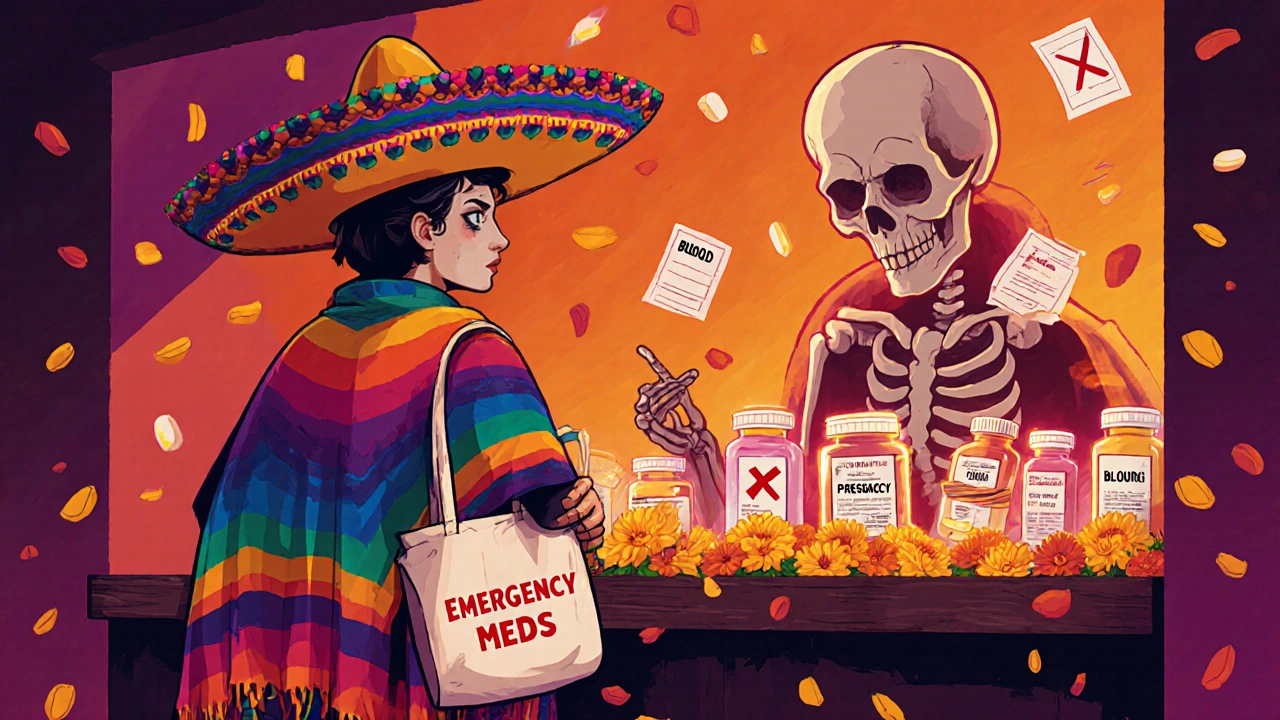
Imagine this: you’re on a trip in Florida, you twist your ankle, and the doctor says you need painkillers and antibiotics. You head to the pharmacy, hand over your insurance card, and expect it to cover the cost. But when you get the bill, it’s $400 out of pocket. Why? Because your travel insurance doesn’t cover your regular blood pressure meds - and now you’re stuck paying for new prescriptions you didn’t plan for.
This isn’t rare. Around 68% of all travel insurance claims involve medical expenses, and nearly 15% of those are for prescription medications. If you’re traveling internationally - especially to countries like the U.S. where a single day in the hospital can cost $5,000 - not understanding your medication coverage could cost you thousands.
What Travel Insurance Actually Covers for Medications
Most travel insurance policies cover new, unexpected illnesses or injuries that happen while you’re away. That means if you get sick with the flu, develop an infection, or have an accident that requires antibiotics or pain meds, your policy will likely pay for it - up to its limit.
But here’s the catch: travel insurance does NOT cover medications you normally take at home. That includes blood pressure pills, thyroid medicine, insulin, antidepressants, or birth control. These are considered "maintenance" or "pre-existing condition" meds, and they’re almost always excluded.
So if you lose your pills, run out, or they get stolen, you’re on your own. No reimbursement. No coverage. No exceptions.
What you can get covered:
- Prescriptions for new illnesses or injuries (like pneumonia, UTIs, or broken bones)
- Emergency refills if you’re hospitalized abroad
- Medications prescribed by a licensed U.S. doctor (even if you’re not a U.S. resident)
Most plans have a medication coverage limit between $5,000 and $250,000 per policy period. But that doesn’t mean you get free medicine. You still have to pay a deductible - usually $0 to $2,500 - and then a co-insurance fee, often 20% of the remaining cost.
Example: You need $10,250 worth of meds after a fall. Your deductible is $250. You pay the first $250. Then you pay 20% of the remaining $10,000 - that’s $2,000. Total out-of-pocket: $2,250. The insurance covers $8,000.
How to Get Medications Covered - Step by Step
It’s not enough to just have insurance. You need to follow the rules. Here’s how to make sure you get reimbursed:
- See a licensed doctor first. Pharmacies in the U.S. won’t fill a foreign prescription. Even if you have a valid script from home, you need a U.S.-licensed physician to write a new one. This is non-negotiable.
- Use an in-network pharmacy. Providers like IMG, Allianz, and Seven Corners partner with CVS, Walgreens, and Rite Aid. If you go to one of these, you might pay only your share upfront - no reimbursement needed.
- Pay upfront if you’re out-of-network. If you use a pharmacy outside the network, pay the full price and save everything: receipt, prescription copy, doctor’s note linking the meds to your diagnosis.
- Submit claims fast. Most insurers require claims within 30-90 days. Use their app or portal. Upload clear photos of your documents. One user on Reddit got reimbursed $1,200 in just 5 days after using IMG’s app.
Travelers who follow these steps have a 92% approval rate. Those who skip the doctor or try to use foreign scripts? Only 67% get paid.
What’s NOT Covered - And Why You’ll Get Denied
Denials are common - and almost always avoidable. The top reasons claims get rejected:
- Trying to refill routine meds. This is the #1 mistake. One traveler lost $300 trying to get their blood pressure pills refilled after losing them. The insurer said it was a pre-existing condition. They were right.
- No doctor’s note. If your receipt doesn’t show why the medication was prescribed, they won’t pay.
- Using a pharmacy outside the network without receipts. If you don’t keep the itemized bill, you can’t prove what you paid.
- Waiting too long to file. Most companies give you 90 days. Miss that, and you’re out of luck.
Consumer Reports found that 43% of denied claims happened because people didn’t understand the "new illness" rule. They thought their insurance was like their home plan - it’s not.
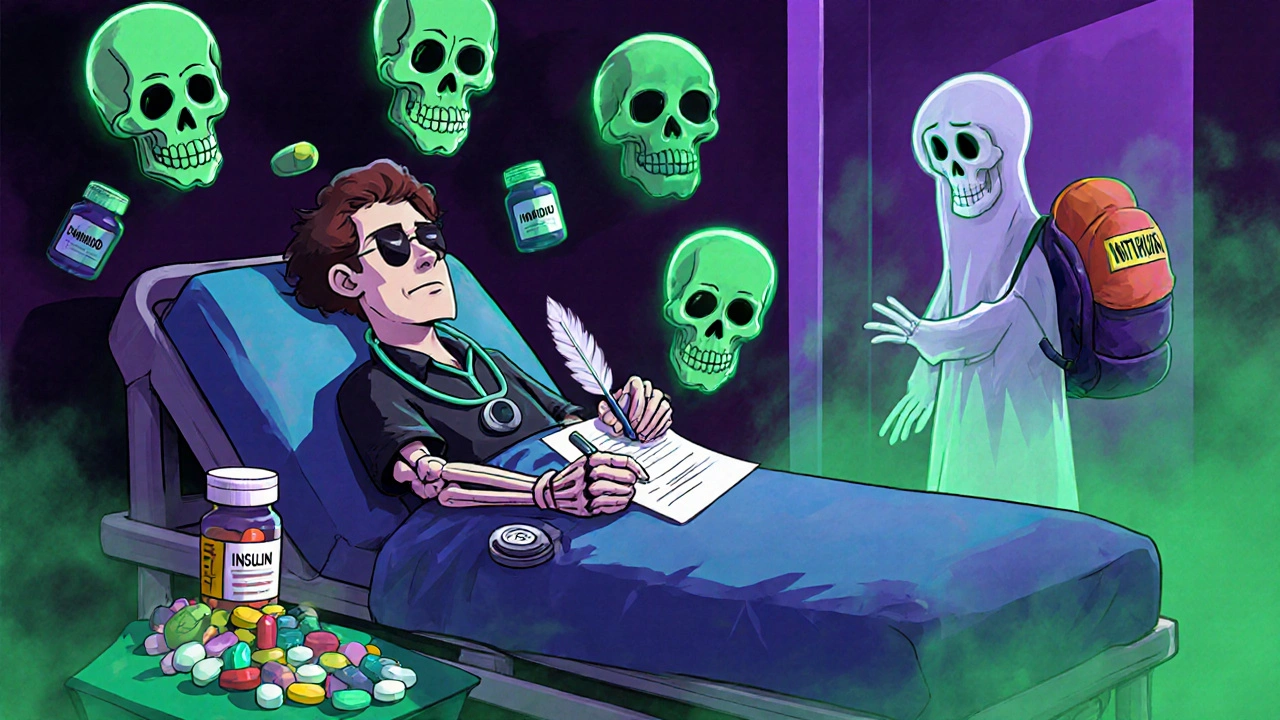
How Much Coverage Do You Really Need?
Most policies offer $50,000 to $2 million in medical coverage. For medication alone, $5,000 to $25,000 is usually enough - unless you’re traveling for months or have a high risk of injury.
But here’s the real question: Do you need a policy with a $250 deductible or a $2,500 one? Lower deductible = higher premium. Higher deductible = lower monthly cost but more risk.
For most travelers, a $50,000 medical limit with a $250 deductible and 80/20 co-insurance is a sweet spot. It keeps premiums low and still covers major emergencies.
And don’t forget: medical evacuation can cost $50,000-$250,000. Some policies include it. Others charge extra. If you’re traveling to remote areas or developing countries, this is non-negotiable.
Top Providers and What They Offer
Not all travel insurance is the same. Here’s how the big players stack up:
| Provider | Medication Coverage Max | Deductible | Co-insurance | Network Pharmacies | Telemedicine | Pre-Existing Condition Waiver? |
|---|---|---|---|---|---|---|
| IMG Global | $250,000 | $100-$2,500 | 80/20 | CVS, Walgreens, Rite Aid | Yes | No (unless purchased within 14 days of deposit) |
| Seven Corners | $500,000 | $0-$2,500 | 80/20 or 100% | CVS, Walgreens, Rite Aid | Yes | Yes (with waiver) |
| Allianz Global Assistance | $100,000-$500,000 | $100-$2,500 | 80/20 | CVS, Walgreens | Yes | Yes (if bought within 14 days of trip deposit) |
| Credit Card Insurance | $500-$1,000 | $250-$1,000 | Varies | None | No | No |
Seven Corners leads in coverage limits and customer service (rated 842/1,000 by J.D. Power). Allianz has the best reputation for claims processing. IMG is popular with budget travelers. Credit card insurance? Skip it for medication needs - the limits are too low.
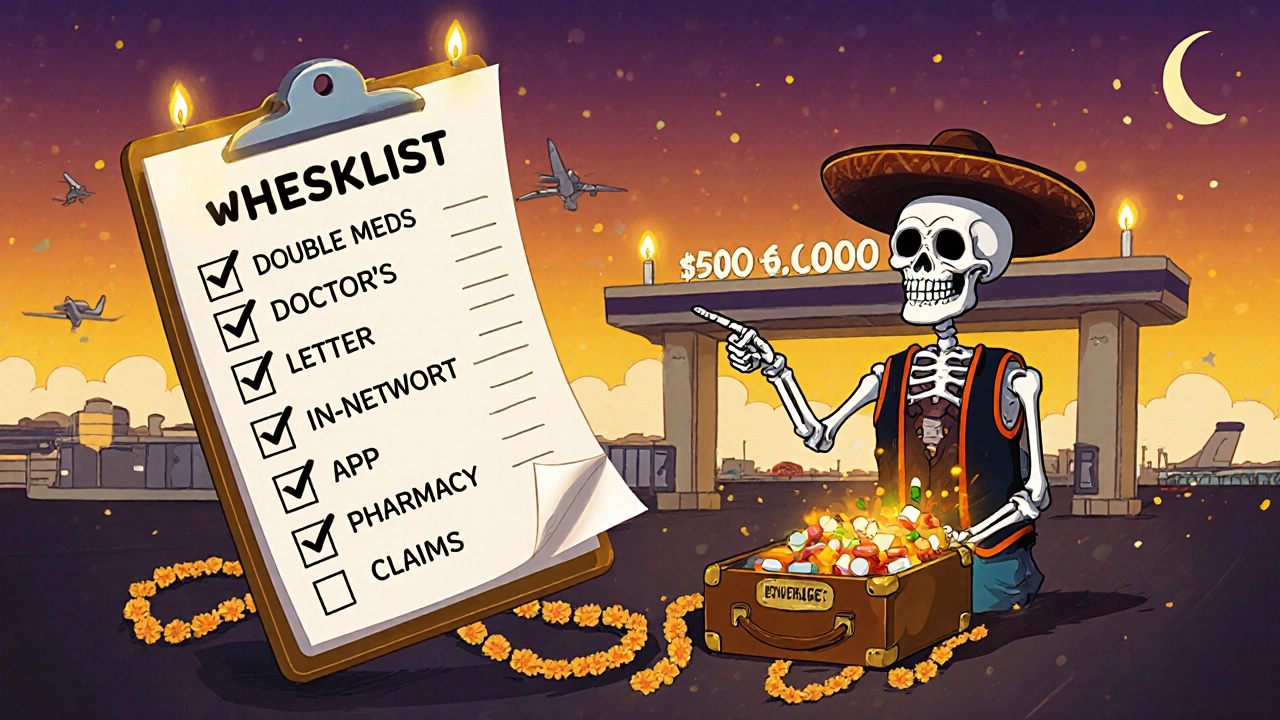
Special Cases: Medicare, Seniors, and Chronic Conditions
If you’re over 65 and on Medicare, you’re in a tough spot. Medicare barely covers anything abroad. Part B might pay for emergency care in rare cases - but Medicare Part D drug plans do NOT cover prescriptions bought outside the U.S.
Medigap plans (like Plan G) cover 80% of emergency care abroad after a $250 deductible - but only if you enrolled before January 1, 2020. New enrollees after that date don’t get this benefit.
Seniors make up 48% of medication claims, even though they’re only 32% of travelers. Why? More chronic conditions. More meds. More risk.
If you have a chronic illness - diabetes, heart disease, asthma - your best bet is to buy a policy with a pre-existing condition waiver. These are rare. Only 18% of standard plans offer them. But if you buy within 14 days of your first trip payment, Allianz and Seven Corners will waive the exclusion. That’s your window.
What You Should Do Before You Leave
Don’t wait until you’re sick. Here’s your checklist:
- Bring double your meds. Pack extra - at least a full week’s supply beyond your trip length.
- Carry a doctor’s letter. It should list your meds, dosages, and diagnosis. Translate it if needed. This helps if you need a refill abroad.
- Check your policy’s fine print. Look for: "medication coverage," "pre-existing condition," "90-day limit," "in-network pharmacies."
- Download your insurer’s app. Most let you upload receipts, track claims, and even video-call a doctor for prescriptions.
- Know your deductible and co-insurance. Don’t assume you’ll get 100% coverage.
One traveler in Australia lost her entire supply of insulin on a flight to New York. She had a backup - but no doctor’s letter. She spent $1,800 out of pocket because the pharmacy wouldn’t fill the script without U.S. paperwork. She didn’t file a claim - she didn’t know she could.
Final Reality Check
Travel insurance for medication isn’t magic. It doesn’t cover your daily pills. It doesn’t replace your home health plan. It’s not a free pharmacy.
It’s an emergency lifeline. It’s the safety net when you break your leg in Italy and need painkillers. It’s the buffer when you get food poisoning in Mexico and need antibiotics. It’s the reason you don’t have to choose between your health and your savings.
For $50-$150 per trip, you’re buying peace of mind - not luxury. The real cost isn’t the premium. It’s the $10,000 hospital bill you avoid because you had coverage.
Don’t skip it. Don’t assume your credit card or home insurance has you covered. Read the policy. Know the limits. Bring your meds. And if you’re on chronic medication? Get the waiver. It’s worth every dollar.

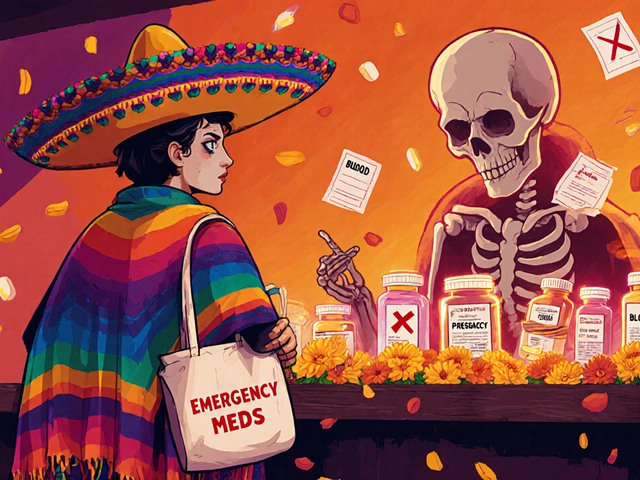
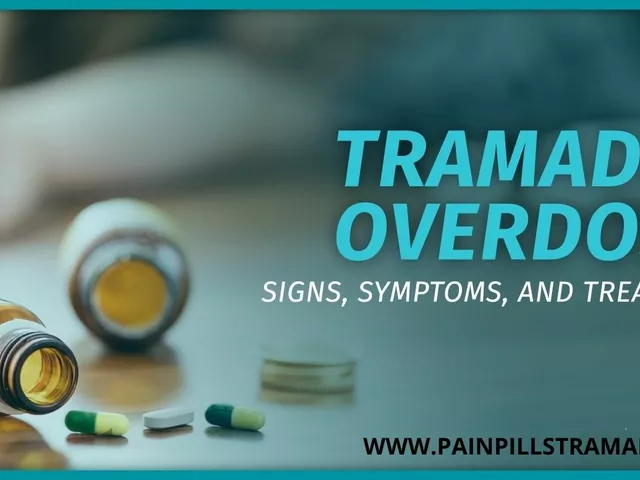




Man I seen this happen in Lagos when my cousin went to Dubai and lost his insulin. No insurance? No problem. He just walked into a pharmacy and paid 20,000 Naira for a month’s supply because they didn’t care if he had a script from Nigeria. Americans think insurance is magic but here we know the truth-you pay or you suffer. No one’s gonna save you. Not your credit card. Not your fancy policy. Just you and your wallet. And if you’re lucky you got family who can wire you cash.
Let me cut through the corporate fluff. Travel insurance for meds is a scam designed by actuaries who’ve never held a pill bottle. The real issue isn’t the deductible-it’s the fact that your body’s needs are treated like a billing code. You’re not a patient. You’re a risk profile. And if your chronic condition doesn’t fit their spreadsheet? You’re on your own. The system doesn’t care if you’re diabetic, hypertensive, or bipolar. It only cares if you ticked the right box before boarding.
I had a friend who got hit by a car in Costa Rica. He had a $2,500 deductible and ended up paying $1,800 out of pocket for antibiotics and painkillers because he went to a local clinic that wasn’t in-network. He didn’t know he needed a U.S. doctor’s note until he was already in pain. The worst part? He had the best policy on the market. It wasn’t the insurance’s fault-it was the lack of clear instructions. This post nailed it. If you’re traveling, treat your meds like your passport. Don’t leave home without them. And if you do? Don’t wait until you’re shaking to read the fine print.
Just bring extra pills. 🤷♂️💊
Bro I used to think travel insurance was just for flight cancellations until I got food poisoning in Bangkok and needed IV fluids and antibiotics. Paid $800 upfront, saved every receipt, uploaded everything via the Allianz app, and got reimbursed in 11 days. Not perfect, but way better than losing a grand. Pro tip: download the app before you leave. Don’t wait until you’re puking in a hotel room trying to figure out how to scan a receipt.
This is the kind of post that saves people from panic. I used to think my credit card covered everything-until I had to pay $1,200 for a refill of my antidepressants in Spain. No one warned me. No one told me the difference between "emergency" and "maintenance." Thank you for laying it out so clearly. Seriously, if you’re on any kind of regular med, print this out and stick it in your passport.
There’s a metaphysical truth here, buried beneath the deductible clauses and pharmacy networks. We live in a world where health is commodified, where the body becomes a liability to be insured against, not a sacred vessel to be cared for. The insurance industry doesn’t want you to be healthy-it wants you to be covered. And when you’re covered, they profit. When you’re not? You’re just another statistic in the graveyard of unclaimed claims. The real emergency isn’t the broken ankle or the lost insulin-it’s the illusion that someone else will fix your vulnerability for you. You are the only one who can carry your pills. You are the only one who can read the policy. You are the only one who can choose not to be surprised.
Wait-so if you’re diabetic and your insulin gets stolen in Germany, you have to find a U.S.-licensed doctor to write you a new script? Even if you’re a lifelong patient with decades of medical history? That’s insane. And the fact that even the best policies require you to pay 20% after a deductible? That’s like saying, "We’ll help you survive, but we’re gonna make you sweat for it." I get the business model, but emotionally? It’s brutal. I’ve seen people cry in pharmacies because they couldn’t afford their meds. And this isn’t just about travel-it’s about how broken healthcare is everywhere. Maybe the real solution isn’t better insurance-it’s universal access. But since that’s not happening, yeah, pack extra. Bring the letter. Know your deductible. And pray you don’t get sick far from home.
It is regrettable that some individuals fail to comprehend the fundamental purpose of travel insurance. It is not a substitute for personal responsibility. To expect coverage for routine pharmaceuticals is to misunderstand the very nature of insurance, which exists to mitigate unforeseen risk-not to subsidize negligence. Those who fail to bring adequate supplies or neglect to verify policy terms are not victims of corporate malfeasance; they are victims of their own inattention. One does not purchase flood insurance and then leave one’s home unsealed during a monsoon. The same logic applies here.
Oh wow, so I’m supposed to carry a doctor’s letter AND a backup supply AND know which pharmacy is in-network AND not wait until I’m dying to read the policy? 😏 Sounds like a full-time job. Thanks for the reminder that travel is just another corporate obstacle course. 🙃
you know what they dont tell you? the insurance companies are working with the pharma giants to make sure you need more pills. why? because if you get sick with a "new illness" they make money. if you just had your meds they dont make anything. thats why they wont cover your blood pressure pills. its a trap. the same people who sell you insurance also own the pharmacies. and the doctors? they get paid to write the scripts. its all connected. you think this is about health? no. its about profit. they want you to be sick. and they want you to pay. always. even if you have insurance. theyll find a way to make you pay. dont trust any of it. pack 3x your meds. and pray.